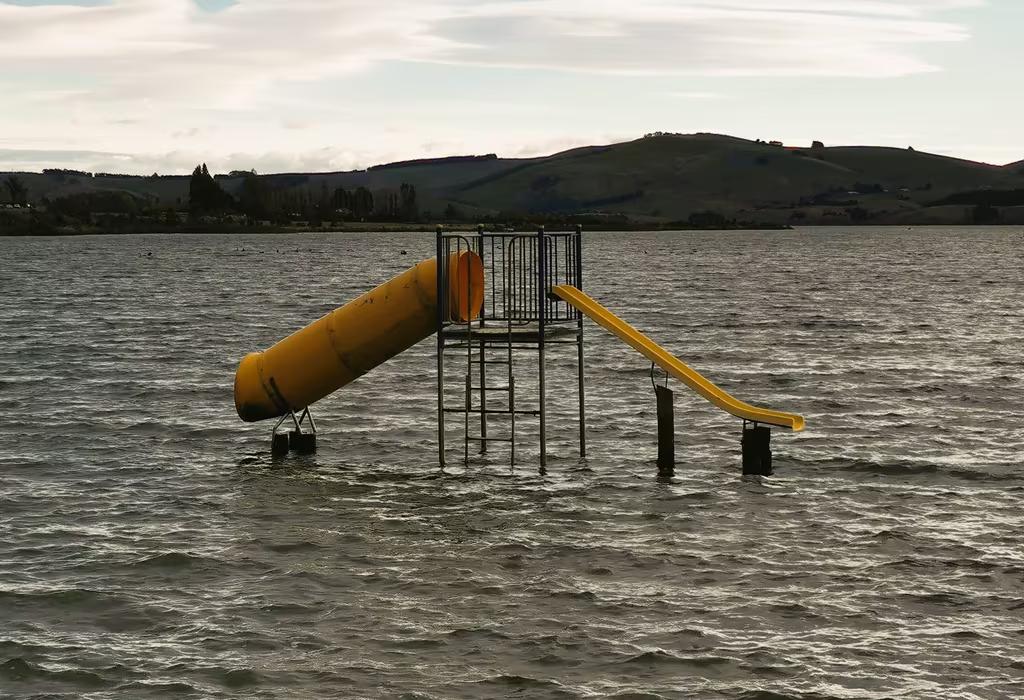
Where have the under-10s gone?
Our population is subject to a multitude of shifts and trends, but these can take years or decades to emerge in headline figures. The majority of the population stays put in any given year, giving the population a great degree of inertia. However, the under 10-year-old population is a useful bellwether for a range of population trends.
Shifts in the under 10-year-old population have clear implications for the demand for services – affecting employment in early childhood and primary school education, and use of community amenities like parks, playgrounds and pools. Looking ahead, shifts in under-10s will have implications for secondary school and potentially tertiary education employment, and entrants into the labour market.
The chart highlights the shifts in population over the past five years, contrasting the under 10-year-old group with the total population. In some of our growth hotspots, like Selwyn and Kaipara Districts, we see that growth in the under 10-year-old population goes hand-in-hand with growth of the population overall. However, other hotspots have attracted an older crowd – for example, the population of Queenstown-Lakes has grown 34% in the past five years, but under-10s in the district have only grown 14%, with the district’s growth driven by 25-39 year olds migrating to the district.
Other areas have experienced notable decreases in their under 10-year-old population despite growing their population overall. Wellington City’s population grew by a modest 5.3% over the past five years, yet their under-10s declined 13%. Wellington’s poor housing supply and high prices have driven first-home-buyers out into the commuter belt, which is where they are choosing to raise their children. Nelson’s population has grown by 6.4% in the past five years, yet their under-10’s have declined 6.7%. This reflects the ageing of the city’s population, with older age groups making up an increasing share of the city’s population.
The largest decline in under-10s took place in Buller District, with a 20% decline in under-10s and a 6.2% decline in their overall population. Employment in Buller plummeted 16% between 2015 and 2017, on the back of major jobs losses in coal mining. Young and mobile workers were the first to leave, taking their families with them. By contrast, older workers by and large stuck around, perhaps choosing to retire early.























